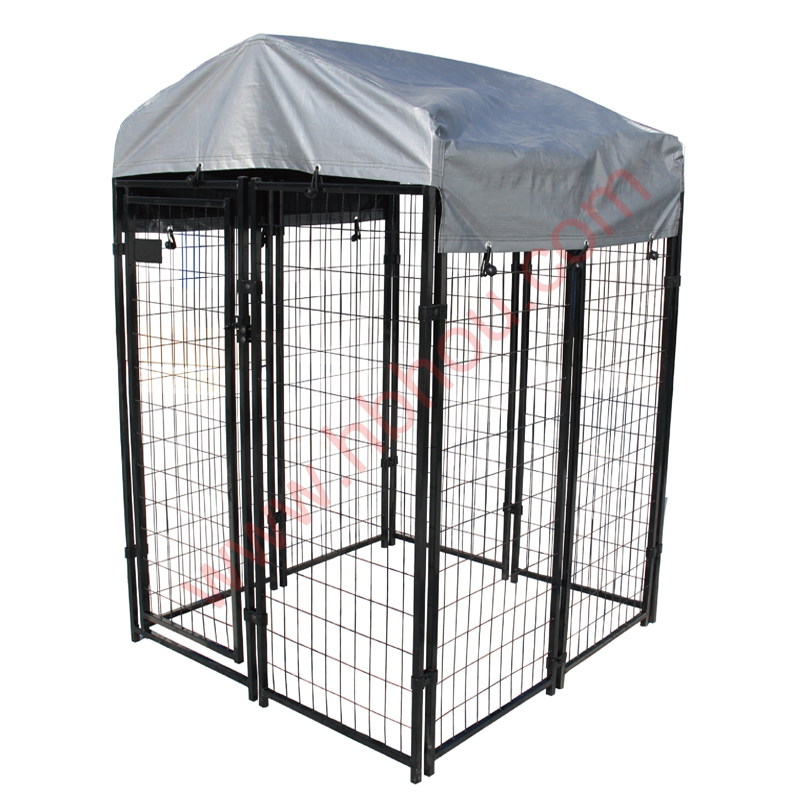The Versatility and Applications of Stainless Steel Woven Wire Mesh Screens
Stainless steel woven wire mesh screens have become a staple in various industries due to their durability, corrosion resistance, and versatility. This type of mesh is manufactured by interlacing stainless steel wires in a grid-like pattern, creating a sturdy and functional product that meets diverse operational requirements. In this article, we will explore the benefits, manufacturing process, and applications of stainless steel woven wire mesh screens.
Benefits of Stainless Steel Woven Wire Mesh Screens
One of the primary advantages of stainless steel woven wire mesh is its resistance to corrosion, making it ideal for use in harsh environments. Unlike other materials such as carbon steel, stainless steel does not rust when exposed to moisture and other corrosive substances, ensuring a longer lifespan and reduced maintenance costs. This feature is particularly crucial in industries such as food processing, pharmaceuticals, and marine applications, where hygiene and material integrity are paramount.
Additionally, stainless steel woven wire mesh is known for its strength and durability. The tightly woven nature of the mesh provides a robust barrier that can withstand significant wear and tear. This resilience makes it suitable for filtering, screening, and separating materials in various applications, including mining, agriculture, and manufacturing.
Another crucial benefit of this type of mesh is its versatility. Stainless steel woven wire mesh screens come in various sizes, shapes, and wire thicknesses, allowing for customization depending on specific project requirements. Whether a business needs a fine mesh for filtration or a coarse mesh for screening, there is a suitable option available in stainless steel.
Manufacturing Process
The manufacturing of stainless steel woven wire mesh screens involves several steps to ensure precision and quality. First, high-quality stainless steel wire is procured, often in various grades, such as 304 or 316, depending on the intended application and environmental conditions.
Once the wire is selected, it is measured and cut to the required length. The weaving process follows, where the lengthwise wires (the warp) are interlaced with the crosswise wires (the weft) to create the mesh pattern. Various weaving techniques, such as plain weave, twill weave, and Dutch weave, can be utilized based on the desired mesh characteristics. The weaving process is typically performed on specialized machines that ensure uniform tension and spacing between wires, resulting in a high-quality product.
stainless steel woven wire mesh screen

After weaving, the mesh is often subjected to finishing processes, including cutting to size, surface treatment, and sometimes even coating, to enhance its properties. The final product undergoes rigorous testing for quality assurance, ensuring that it meets industry standards and is free from defects.
Applications of Stainless Steel Woven Wire Mesh Screens
Stainless steel woven wire mesh screens are used in a wide range of applications across multiple industries. One of the most common uses is in filtration systems, where the mesh acts as a barrier to separate solids from liquids or gases. This application is critical in water treatment facilities, chemical processing, and oil and gas industries.
In the construction industry, stainless steel mesh is often utilized for reinforcing concrete structures, ensuring enhanced strength and longevity. Additionally, it serves as a safety feature in architectural designs, providing a secure barrier in railings, facades, and partitions.
Another noteworthy application is in the food and beverage industry, where hygiene is crucial. Stainless steel woven wire mesh is used in equipment for washing, processing, and packaging food products, helping to maintain cleanliness and compliance with health regulations.
In the environmental sector, stainless steel mesh screens are employed in sediment control, erosion prevention, and wildlife protection, playing a vital role in sustainability efforts. Moreover, their aesthetic appeal also allows for use in decorative applications, such as sculptures and modern architectural elements.
Conclusion
Stainless steel woven wire mesh screens are a remarkable solution that combines functionality, durability, and versatility. Their resistance to corrosion and customization options make them suitable for a wide range of applications, from industrial processes to architectural design. As industries continue to evolve and seek reliable materials, the demand for stainless steel woven wire mesh screens will undoubtedly grow, underscoring their importance in modern engineering and manufacturing.
















